The cinematic portrayal of ascending Everest serves as a compelling narrative, uniting diverse audiences under the theme of extraordinary human endeavor. Across multiple cultures and eras, the exhilarating and perilous journey to Everest’s peak has consistently attracted filmmakers. Its reputation as the world’s tallest and arguably most formidable mountain amplifies the allure, bringing forth tales of indomitable spirit and survival in the face of nature’s most severe challenges.
From early documentaries to high-budget dramatizations, Everest has held a storied place in the annals of international cinema. The mountain symbolizes not only the physical exertion required to reach its summit but also the psychological resilience and unwavering determination it demands. This duality resonates with viewers, who are fascinated by the narrative of pushing human limits in an inhospitable environment. The diverse ways in which various cultures interpret this endeavor reflect global respect and admiration for the mountain’s mythic status.

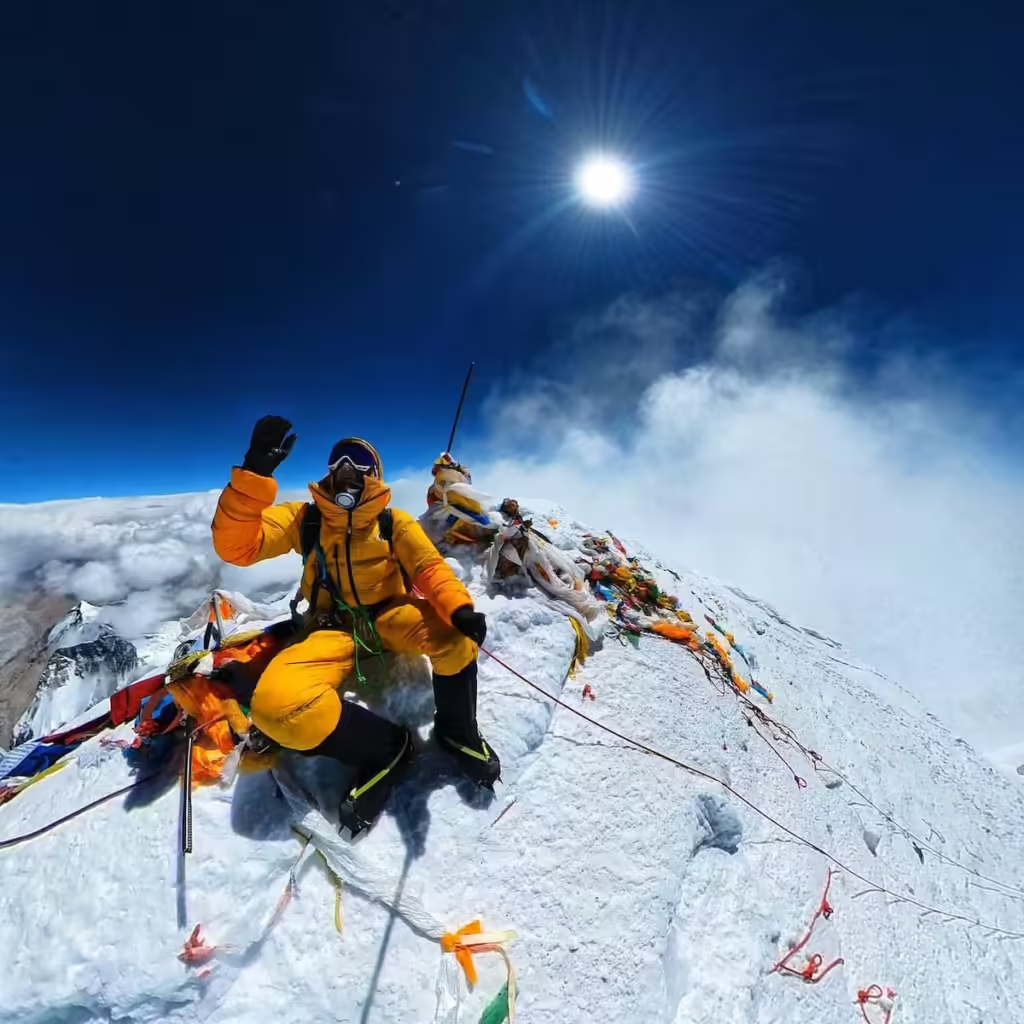
Filmmakers are particularly drawn to the visual and thematic elements Everest offers. The treacherous icefalls, sweeping vistas, and thin, oxygen-deprived air provide a dramatic backdrop that’s both stunning and foreboding. Additionally, these films often delve into rich historical contexts, offering insights into the legacy of climbers who have either succeeded or succumbed in their attempts. Thus, the depiction of Everest’s ascents in cinema is not merely about reaching the apex but also about understanding the plethora of stories surrounding this monumental challenge.
The interplay between human prowess and natural extremities creates a riveting cinematic experience, rendering Everest an enduring subject in film. As new generations of filmmakers are drawn to recount these journeys, the mountain’s cinematic legacy only grows. This continuous fascination underscores Everest’s place as an epitome of human striving and the ceaseless quest for adventure and discovery.

Historical Context: The Legacy of Everest Expeditions
Mount Everest, the highest peak on Earth, has captivated human imagination for centuries. The mountain’s awe-inspiring height and treacherous conditions make it a symbol of unparalleled adventure and human endurance. The saga of Everest begins in earnest in the early 20th century with British expeditions aiming to scale this formidable giant. One of the most iconic of these early expeditions was led by George Mallory and Andrew Irvine in 1924, who famously disappeared near the summit, leaving behind a legacy of mystery and inspiration. Their bold attempt is often cited as a prelude to many storied voyages that followed.
The successful summit by Sir Edmund Hillary of New Zealand and Tenzing Norgay, a Sherpa of Nepal, in 1953 marked a watershed moment. Their ascent was not merely a triumph of physical prowess but a powerful symbol of human spirit and international cooperation. This historic achievement echoed across the globe, embedding Everest into the cultural fabric of countless societies. Publications, documentaries, and later, dramatic films leveraged this milestone to captivate audiences, turning real-life heroes into legends within the public consciousness.
Subsequent expeditions continued to fuel this fascination. Notable climbs by Reinhold Messner, who made the first solo ascent without supplemental oxygen in 1980, and Junko Tabei, the first woman to reach the summit in 1975, showcased diverse forms of courage and determination. These stories, drawn from the annals of mountaineering history, formed a rich tapestry of triumphs and tragedies, paving the way for cinematic adaptations. The resilience, strategic prowess, and oftentimes the dramatic rescues undertaken on Everest made their way into films, offering the audience a lens through which to experience the grandeur and peril of the mountain’s slopes.
Thus, the historical context of Everest expeditions provides an essential backdrop for understanding their representation in international cinema. These real-life undertakings serve as more than adventure chronicles; they are profound narratives of human ambition and the quest to conquer the world’s highest frontiers.

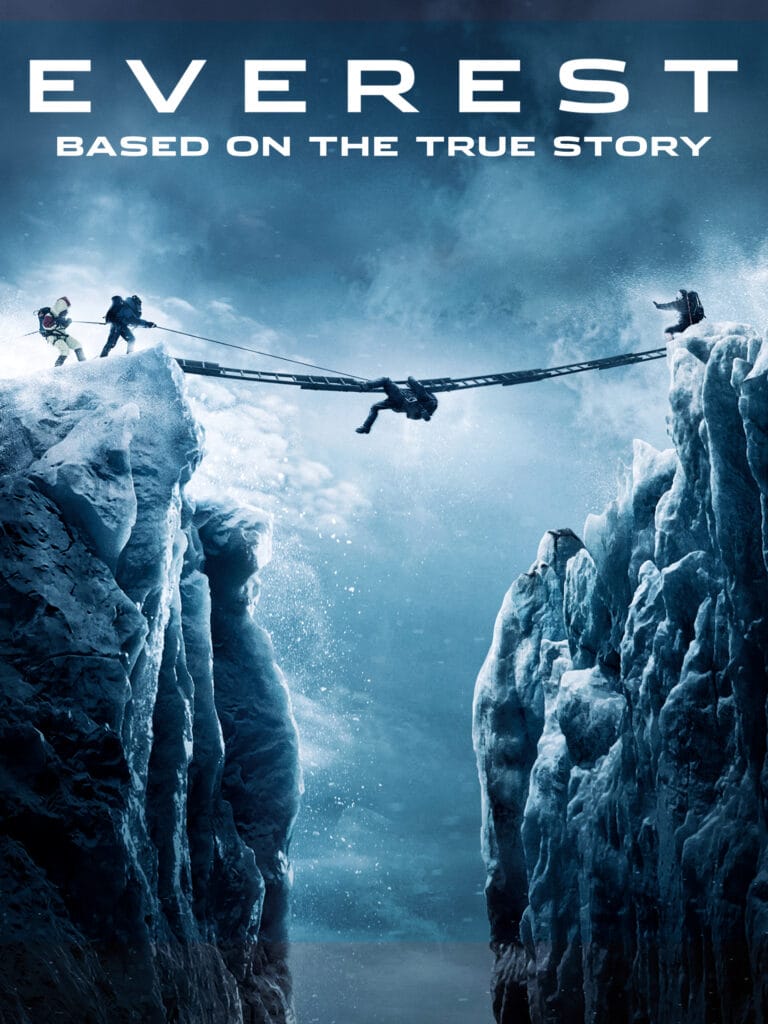




Hollywood’s Take: Blockbusters and Documentaries
Hollywood’s portrayal of ascending Everest has spanned multiple genres, from gripping disaster dramas to enlightening documentaries. These cinematic endeavors offer audiences a glimpse into the perilous journey of climbers navigating the formidable Everest, showcasing both human endurance and the awe-inspiring natural scenery. Notably, ‘Everest’ (2015), directed by Baltasar Kormákur, stands out as a major Hollywood production. This disaster drama, based on the tragic events of the 1996 Mount Everest disaster, gives an intense and visceral depiction of the mountaineering odyssey. The film employs state-of-the-art special effects to recreate the treacherous environment and harrowing conditions that climbers face, leading critics and audiences alike to praise its gripping realism and emotional depth.
Another significant contribution to the cinematic representation of Everest is the IMAX documentary ‘Everest’ (1998), which captivated audiences with its breathtaking visuals. Directed by Greg MacGillivray, the documentary follows a group of climbers during an expedition to the summit and provides an educational yet exhilarating recount of their journey. Utilizing IMAX technology, this film offers a compelling visual spectacle, allowing viewers to experience the enormity and grandeur of Everest on the big screen. The narrative style of ‘Everest’ (1998) focuses on both the technical aspects of climbing and the personal stories of the climbers, making it a comprehensive and engaging piece for both mountaineering enthusiasts and general audiences.
These films underscore the dual allure and peril that Everest represents within international cinema. The narrative styles of Hollywood productions often emphasize the drama and magnitude of the challenge, while the use of special effects and advanced filming techniques heightens the sensory experience for viewers. Overall, the critical reception of both ‘Everest’ (2015) and the IMAX documentary ‘Everest’ (1998) indicates a strong appreciation for the intricate portrayals of human prowess and the natural majesty of Everest, drawing sustained admiration and interest in mountaineering adventures portrayed on the silver screen.

European cinema, particularly the French film ‘L’Ascension,’ offers a distinctive portrayal of Everest that diverges from conventional narratives. Released in 2017, ‘L’Ascension’ is directed by Ludovic Bernard and stars Ahmed Sylla as the protagonist. This film takes a unique comedic angle on the familiar storyline of ascending Everest, bringing a fresh perspective to the usually dramatic and intense genre. Unlike typical Everest films, which often focus on the harrowing challenges and severe conditions of the climb, ‘L’Ascension’ blends humor with the adventure, making it accessible to a broader audience.
The plot centers around Samy, a novice climber who sets out to ascend Everest to impress his love interest. With no prior experience and driven purely by his romantic aspiration, Samy faces an array of challenges that test his resolve and spirit. The film highlights his journey from the initial naivety to profound personal growth, punctuating the quest with comedic elements that add a layer of relatability and charm.
What sets ‘L’Ascension’ apart from other films about Everest is its innovative approach that balances comedy with the serious underpinnings of mountain climbing. While it doesn’t shy away from portraying the harsh realities of the ascent, it also finds humor in Samy’s mishaps and the interactions with fellow climbers. This combination creates a narrative that is both engaging and thought-provoking, showcasing the ascent of Everest in a light-hearted, yet respectful manner.
Critical and audience responses to ‘L’Ascension’ have been largely positive. Reviewers have praised its refreshing take on the Everest expedition narrative. Critics highlight the film’s success in weaving humor into the storyline without undermining the gravity of mountain climbing. Audiences appreciate its heartwarming and motivational themes, finding Samy’s character relatable and endearing. The film achieves a balance that resonates with viewers, making it a standout representation of Everest in European cinema.
In conclusion, ‘L’Ascension’ serves as a noteworthy example of how European cinema can reframe traditional tales of athletic prowess and the indomitable human spirit. By integrating comedy into the adventurous ascent of Everest, it provides an entertaining yet sincere portrayal that contributes to the diverse landscape of international films focused on scaling the world’s highest peak.




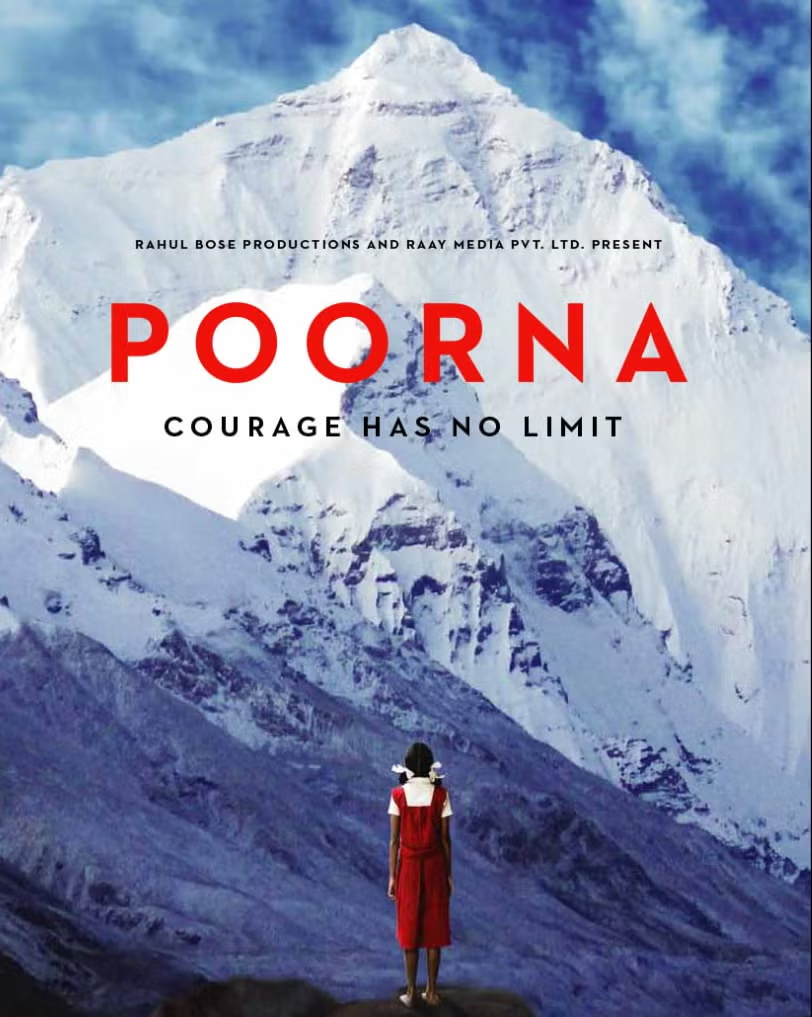
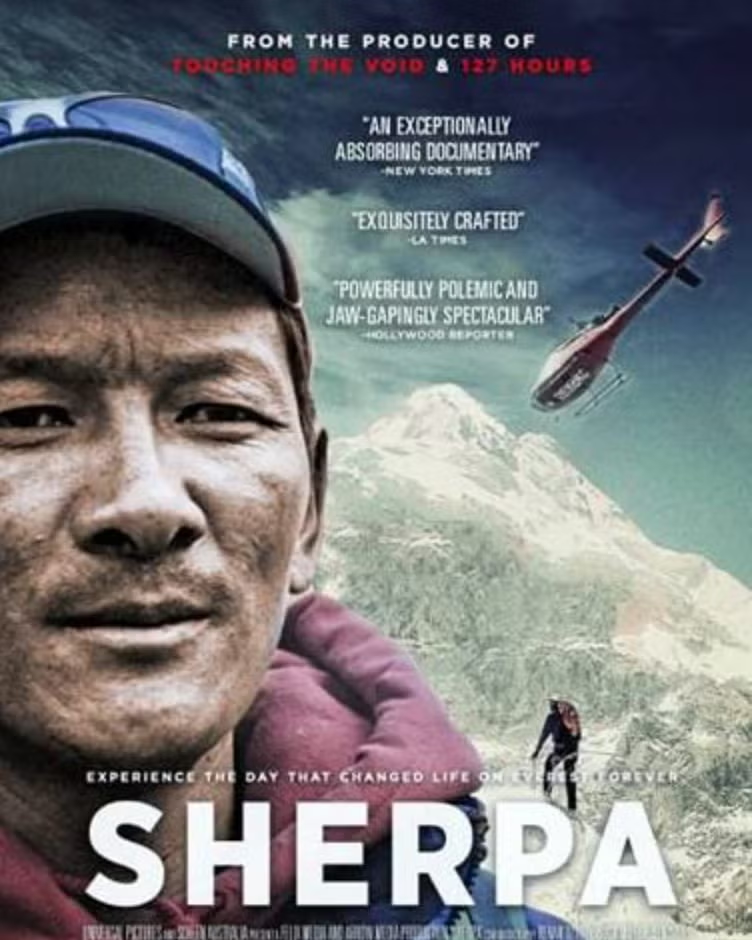
Asian Cinematic Interpretations
Asian cinema has a distinctive approach when it comes to depicting the grandeur and challenges of ascending Everest. Chinese and Indian filmmakers, in particular, have made significant strides in portraying the Himalayan giant through a lens that reflects their unique storytelling traditions and cultural contexts.
In Chinese cinema, the 2020 film “Everest” stands out as a remarkable example. Directed by Yu Fei and produced by renowned studios, the film is an awe-inspiring portrayal of the historical 1960 Chinese expedition to the summit. What sets “Everest” apart is its meticulous attention to historical accuracy and the infusion of national pride. Through its evocative storytelling, the film underscores the collective effort, resilience, and highly developed sportsmanship of the climbers. The cinematography captures breathtaking vistas of the mountain, while also delving into the profound sacrifices and profound connections formed among the team members, thereby weaving an intricate tapestry that goes beyond a simple conquest of height.
Similarly, Indian cinema offers its unique perspective with the Bollywood film “Uunchai” (2022). Directed by Sooraj R. Barjatya, the film narrates the adventurous journey of four elderly friends who decide to climb Everest to fulfill the last wish of their deceased friend. “Uunchai” skillfully blends elements of drama and humor, exploring themes of friendship, perseverance, and the relentless human spirit. Unlike the grandeur of technical expeditions often highlighted in Western cinema, “Uunchai” focuses more on the emotional and cultural facets of the journey. It delves into the personal backstories of the characters, the cultural significance of Everest in their lives, and how this formidable challenge becomes a pivotal point for personal growth and reconciliation.
Both films exhibit a deep understanding of the mountain’s place not just in physical geography but within the cultural and emotional landscapes of their nations. These representations are more than mere depictions of sports prowess; they resonate with broader societal values and human connections, making their narratives compelling on multiple levels.


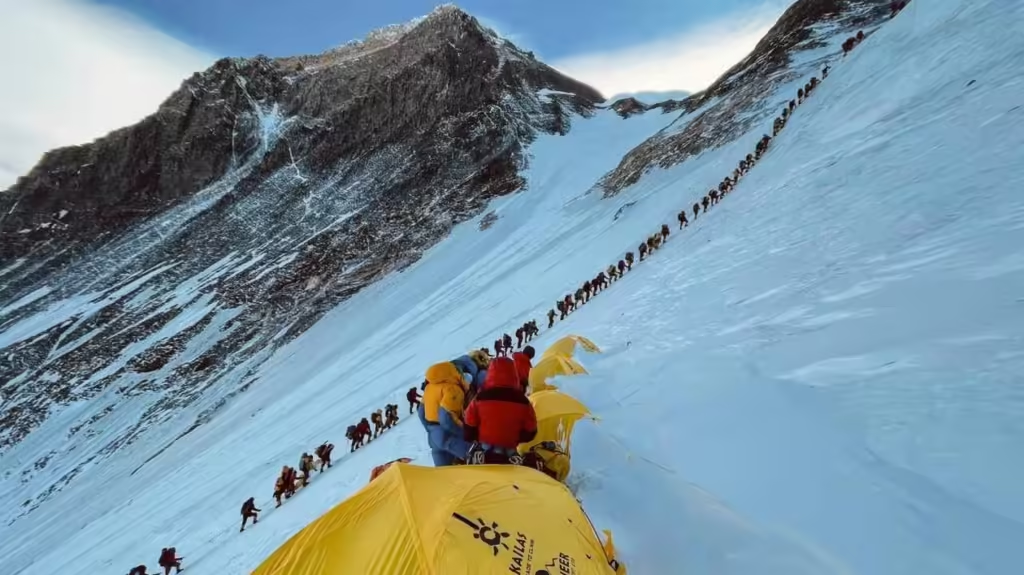

The Reality of Filming on Everest
Shooting a film on Everest is no small feat. Filmmakers face a multitude of practical challenges and dangers while attempting to bring the grandeur of the world’s highest peak to the big screen. The sheer altitude itself poses significant risks, not just to the cast and crew’s health but also to the technical equipment required for capturing high-quality footage. The potential for altitude sickness is always present, pressing individuals beyond their physical limits. Interviews with cinematographers and directors reveal the stringent acclimatization procedures necessary to ensure even the minimal safety of everyone involved.
Additionally, the weather conditions on Everest are notoriously unpredictable. High winds, sudden snowstorms, and plummeting temperatures can not only delay shoots but also endanger lives. Cinematographer David Breashears, who worked on the film “Everest” (2015), emphasizes that capturing these extremes requires not just robust equipment but also an enormous amount of patience and resilience. He recalls instances where cameras froze, and footage was lost due to the brutal weather. The physical exertion required to haul gear up the mountain further complicates this arduous process.
Technical difficulties add another layer of complexity. High altitudes severely affect battery life and the functionality of technical apparatus. As a result, filmmakers often have to bring backup equipment and devise innovative ways to keep their devices operational. For example, in the making of “The Summit” (2012), specialized drones were used to capture the sweeping vistas of Everest’s landscape, providing perspectives that traditional methods couldn’t achieve.
Real-life anecdotes from behind the scenes offer compelling insights into these challenges. An interview with actor Josh Brolin reveals the strain of performing under such extreme conditions, where every breath becomes a conscious effort. Cameraman Elia Saikaly, reflecting on his experience during the filming of “Everest” (2015), states, “It felt like ascending two mountains—the physical Everest and the Everest of filmmaking.” Indeed, the process of immortalizing the raw and imposing ascent of Everest in cinema is nothing short of an extraordinary accomplishment, showcasing the unmatched prowess and determination of the filmmakers involved.


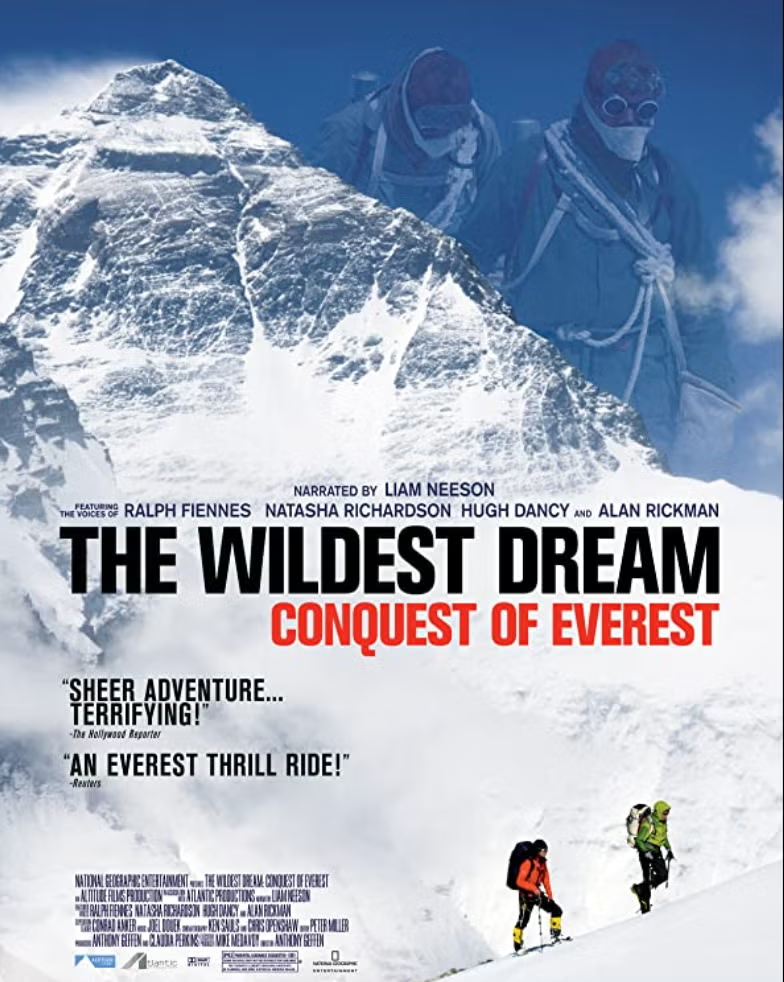



Comparative Analysis: Fact versus Fiction
In the realm of international cinema, the thematic exploration of Everest ascents exhibits a blend of factual representation and creative embellishment. This delicate balance often impacts the film’s authenticity and engagement levels. Films like “Everest” (2015), focusing on the 1996 disaster, strive for a high degree of factual accuracy. The narrative rigorously portrays the dangers of the climb, the harsh weather conditions, and the human vulnerability juxtaposed against the mountain’s colossal presence. The realism is accentuated by the meticulous depiction of climbers’ struggles, adhering closely to real-life experiences.
However, many films take creative liberties for dramatic impact. For instance, “Vertical Limit” (2000) infuses the journey with high-octane action sequences that, while thrilling, often veer away from the plausible constraints of real Everest ascents. Such films introduce elements of heightened peril and exaggerated character heroics, creating an adrenaline-fueled spectacle that captivates audiences even as it diverges from factual accuracy.
Common themes in Everest cinema often revolve around human struggle and the pursuit of triumph against overwhelming odds. Character archetypes, such as the seasoned climber, the underdog, and the tragic hero, are recurrent. These characters personify diverse facets of human ambition and resilience. Plot devices including severe weather crises, equipment failures, and poignant backstories are employed to enhance the emotional depth and narrative intensity.
The overarching narrative across different films centers on the elemental clash between human ambition and the mercilessness of nature. The depiction of Everest ascents in cinema serves as a testament to human efficacy while also underscoring our frailty in the face of monumental natural forces. Such representations blend fact with fiction, creating cinematic experiences that resonate with viewers, balancing authenticity with artistic license to reflect the quintessential human quest for greatness.

The Enduring Effect of Everest in Cinema
Throughout the decades, Everest has retained its stature as not only the world’s highest peak but also a symbol of human ambition and resilience. International cinema has continually drawn upon the allure of ascending Everest, producing films that resonate deeply with global audiences. The intricate portrayal of Everest in these films transcends mere geographical significance, delving into universal themes of adventure, determination, and the indomitable human spirit.
The cinematic representations of Everest have managed to convey the complexities surrounding this majestic mountain. Directors and screenwriters have skillfully depicted the physical and psychological challenges faced by climbers. The portrayal of these hardships serves as a testament to human prowess, illustrating that the journey to conquer the world’s towering peaks is as much about overcoming internal struggles as it is about confronting external obstacles.
Furthermore, Everest films encapsulate the sportsmanship and camaraderie that develop in such extreme conditions. These narratives often highlight the unity and perseverance required to achieve seemingly insurmountable feats. By presenting these stories on the screen, filmmakers offer viewers a glimpse into the intense preparation, unwavering commitment, and sheer willpower that characterize the sport of mountain climbing.
The enduring appeal of Everest in cinema can also be attributed to the shared human fascination with exploration and the unknown. As long as human beings continue to push the boundaries of what is possible, Everest will remain a potent symbol in storytelling. Films centered around this iconic peak encapsulate not just the physical journey of ascending a mountain, but also the introspective journey of self-discovery and personal growth.
Ultimately, the lasting impact of Everest-themed cinema lies in its ability to inspire. Each film serves as a reminder of the strength of the human spirit, urging audiences to reflect on their own capabilities and aspirations. Everest’s towering presence on the silver screen ensures that it will continue to captivate and motivate for generations to come, embodying the pinnacle of both nature’s grandeur and the human quest for greatness.









